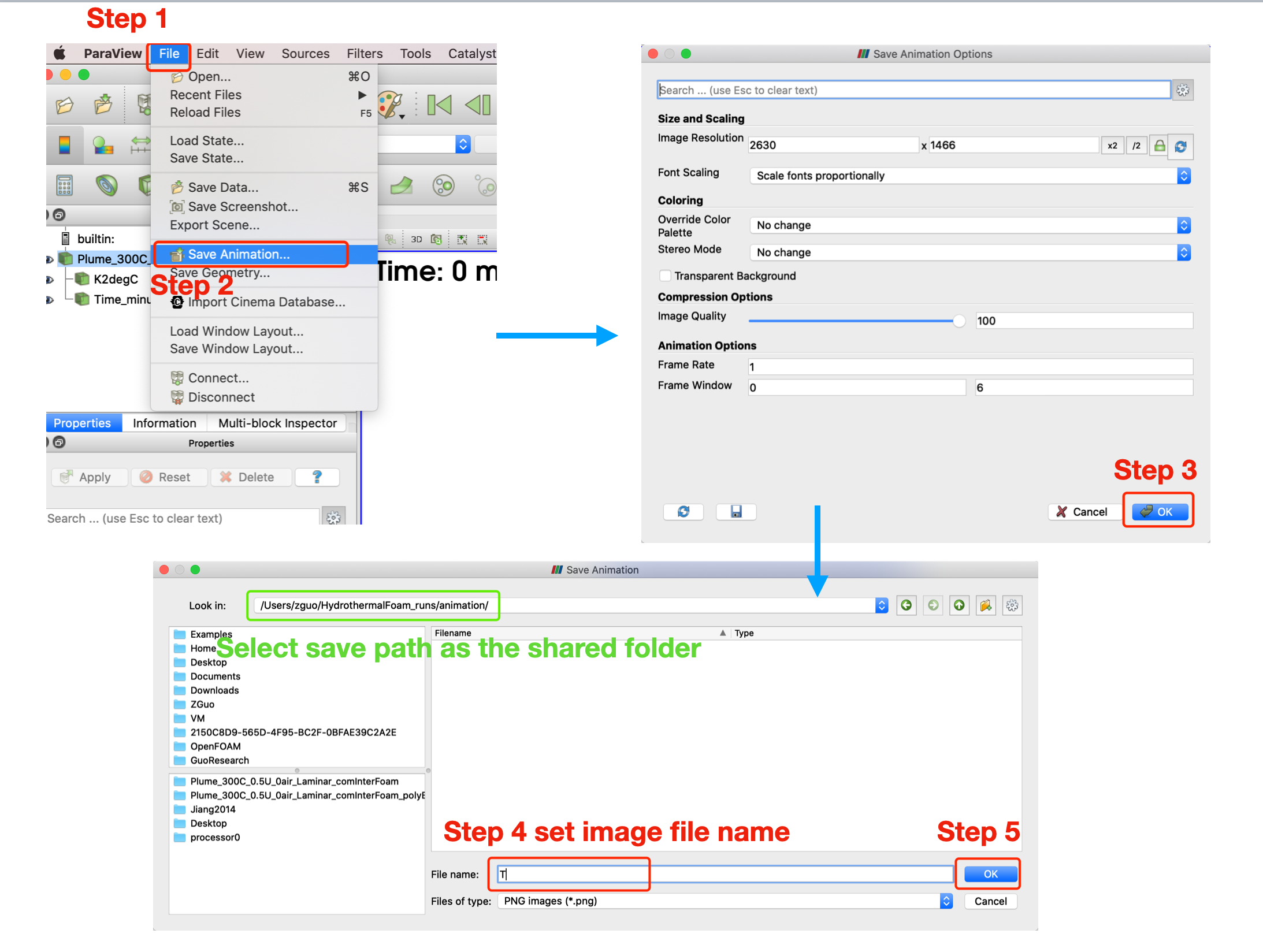Getting started with OpenFoam
Why use OpenFoam
OpenFoam is an open-source collection of over 200 programs for multi-physics numerical simulations. It’s mainly used in the field of Computational Fluid Dynamics. It’s written in C++ and is fully parallelized, treats 3D geometries, is easily modifiable, and has an has active user community.
OpenFoam comes in different flavors and the main forks are:
The downside is that some of these versions are incompatible with each other and features added to one of the forks may not work in the others. We provided docker image uses the Foundation version.
The OpenFoam workflow
A typical workflow involves:
Meshing of the computational domain either OpenFoam tools like blockMesh or snappyHexMesh or using 3rd party tools
Applying boundary and initial conditions
Solving the case using one of OpenFoam’s solvers like icoFoam, simpleFoam, etc.
Post-processing the results, often done in paraview.
In the next chapter, we will have detailed look at a first example case and solve our first problem.
Tips for Post-processing
Make animation using ffmpeg and Paraview.
Install
ffmpegin the docker container by running the following command.
sudo apt-get install ffmpeg
Save images in the shared folder using Paraview.

Fig. 1 Screenshot of Paraview for saving images.
Convert images (e.g. .png) to animation (.mp4). Run the following command in the docker container, assuming the images are saved in the
~/HydrothermalFoam_runs/animationfolder and the filename isT(see Fig. 1).
cd ~/HydrothermalFoam_runs/animation
ffmpeg -r 10 -f image2 -s 3002x1526 -i T.%4d.png -vcodec libx264 -crf 25 -pix_fmt yuv420p T.mp4
Please note the filename pattern T.%4d.png, e.g. T.0001.png, T.0098.png, … Make sure you set a correct pattern according to your own case.